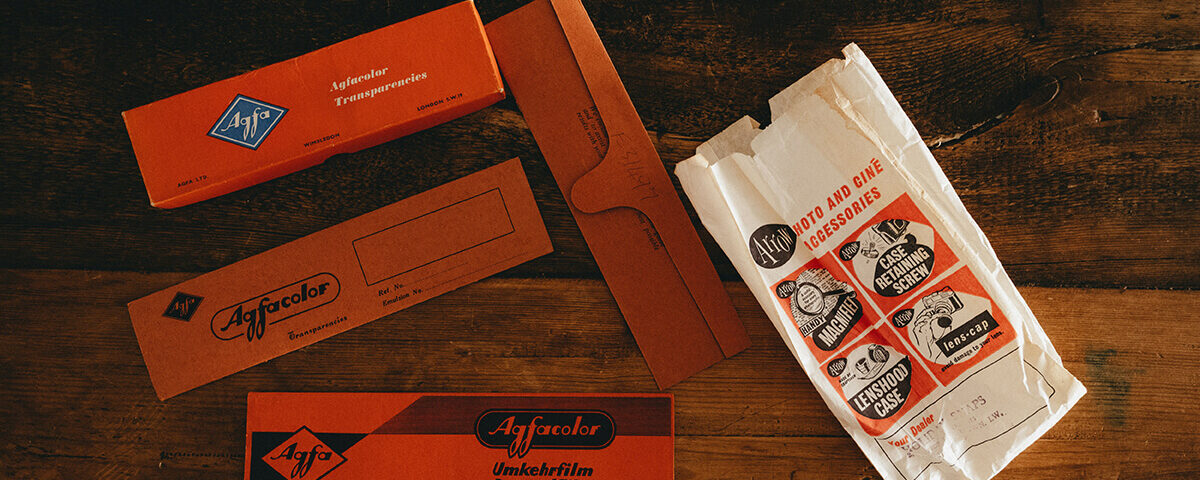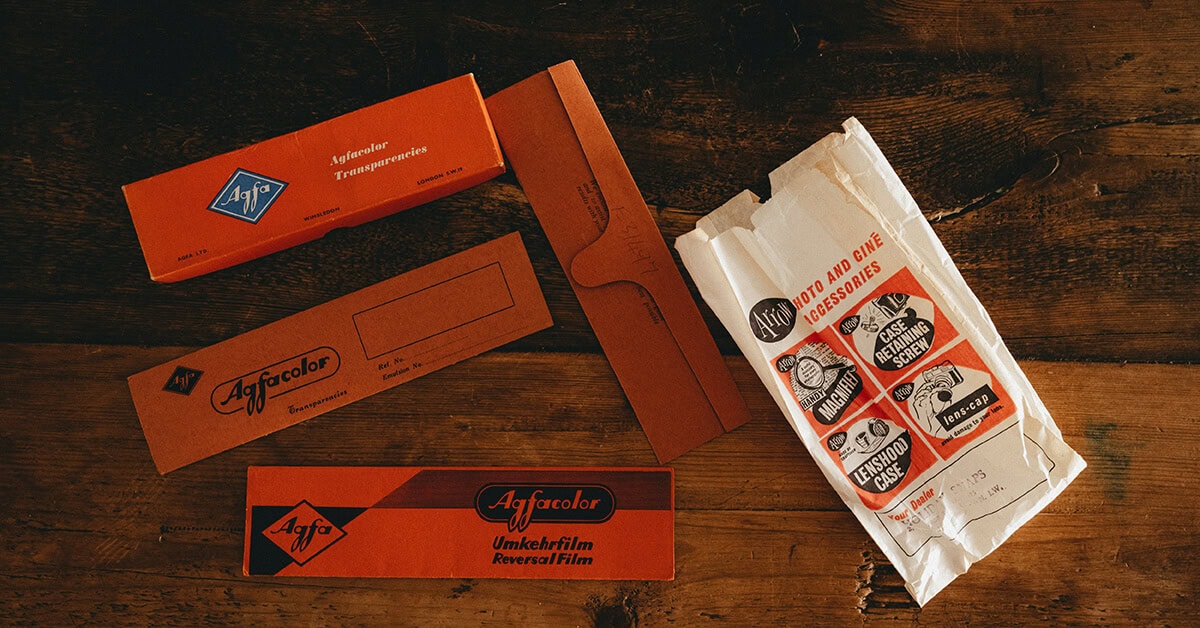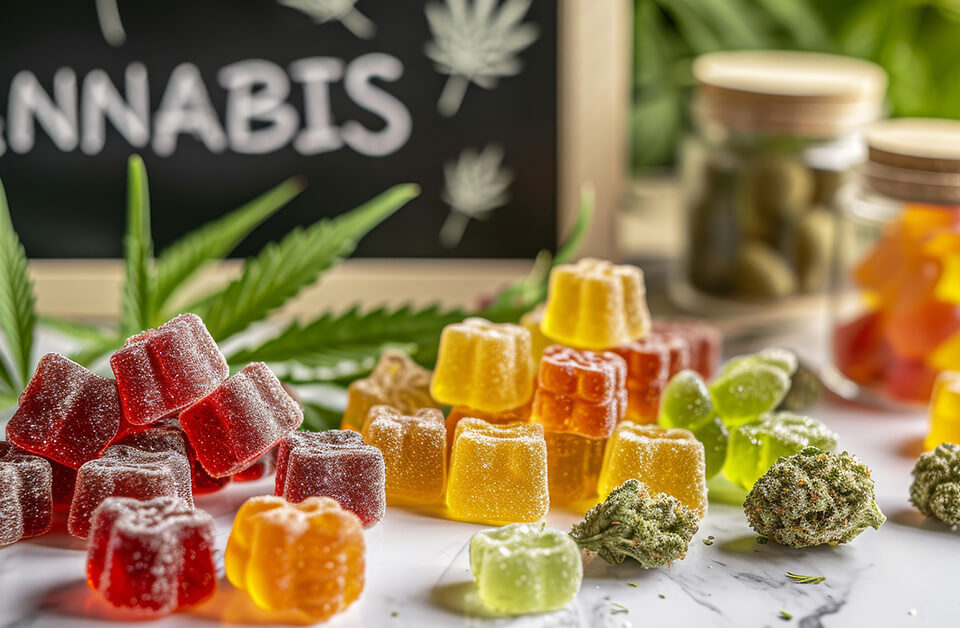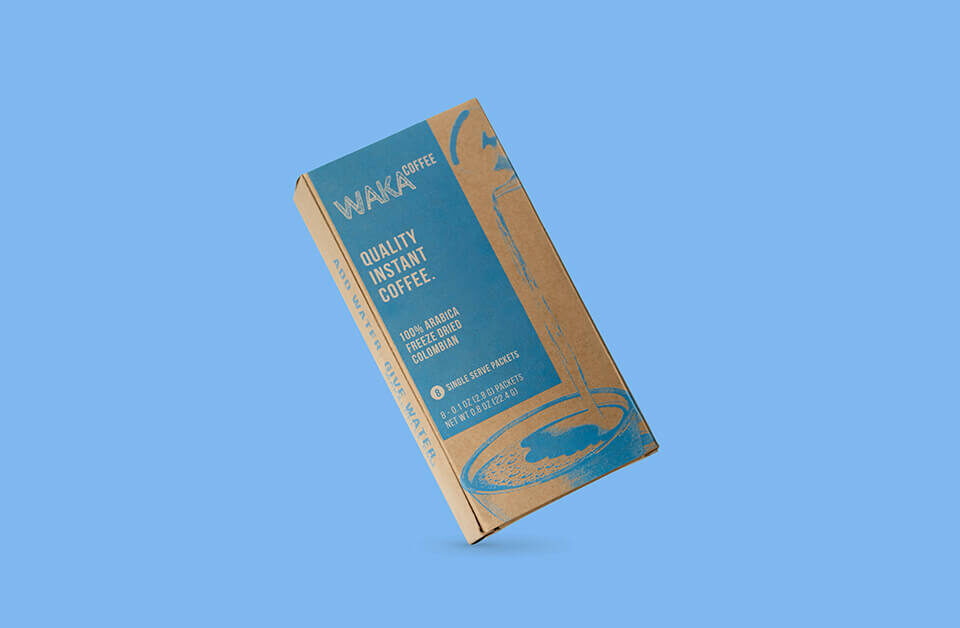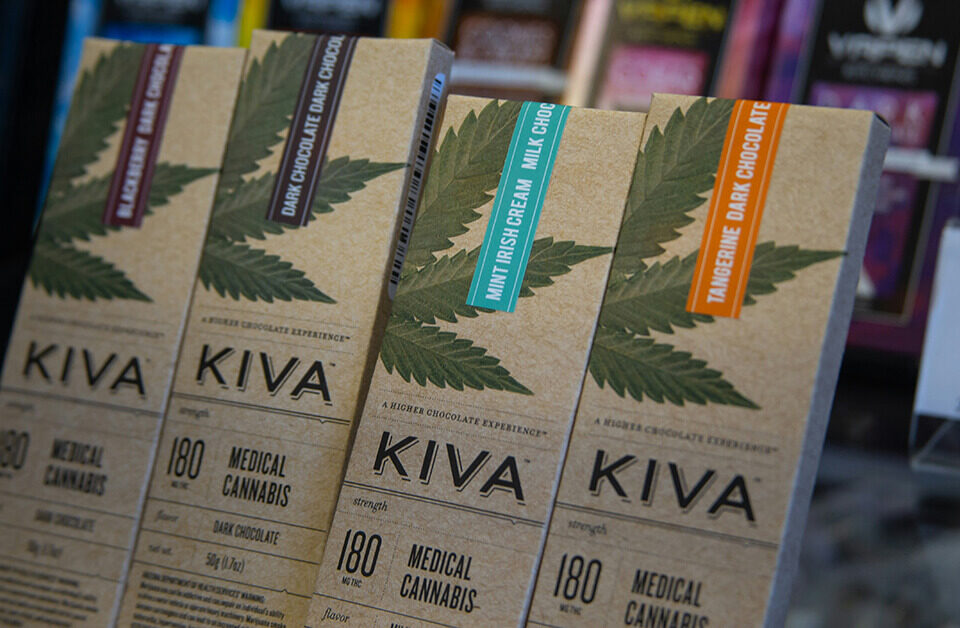In the rapidly evolving vaping industry, packaging has become more than just a visual branding tool—it’s now a legal battleground.
As governments across the globe tighten regulations to address public health concerns, especially around youth access and product safety, vape companies are being forced to rethink how they present their products both on shelves and online.
These evolving packaging laws are not only changing the visual identity of vape products but also influencing the strategies behind product design, marketing, and consumer trust.
In recent years, regulators have zeroed in on packaging as a critical lever to curb vaping among minors.
Governments are introducing stringent guidelines on what vape brands can and cannot display on their packaging.
From plain packaging mandates to restrictions on colors, fonts, and even the use of certain flavor descriptors, these rules are significantly reshaping the industry.
As a result, vape brands are finding themselves at a crossroads—forced to innovate within increasingly tight constraints or risk losing market share due to non-compliance.
The Push for Plain Packaging
One of the most significant shifts in vape packaging laws is the move toward plain packaging.
Inspired by similar measures in the tobacco industry, plain packaging laws aim to eliminate marketing appeal by requiring products to be sold in standardized, non-branded packaging.
These rules typically ban logos, bright colors, and any imagery that could be construed as enticing—especially to young people.
Countries like Australia, the United Kingdom, and Canada have already implemented or proposed plain packaging laws for vaping products.
In the United States, although federal plain packaging legislation for vapes hasn’t been enacted yet, several states and municipalities are pushing for stricter local guidelines.
Vape brands that once relied heavily on eye-catching designs and flavor-centric marketing now have to focus more on compliance than creativity.
Warning Labels and Health Disclosures
Health warnings are another focal point in packaging regulation.
Most regions now require prominent warning labels covering a significant portion of the vape packaging.
These may include messages such as “This product contains nicotine, which is an addictive chemical,” or more graphic warnings in some jurisdictions.
The size, placement, and language of these warnings are often strictly regulated.
In some areas, packaging must also include toxicology information, ingredient lists, and scannable QR codes linking to lab test results.
This push for transparency is intended to hold manufacturers accountable while empowering consumers with knowledge about what they are inhaling.
While beneficial to public health, these requirements often increase production costs and extend the product development cycle, as vape brands must navigate additional legal and compliance hurdles.
Flavor Descriptors Under Fire
Another area seeing intense scrutiny is the language used to describe flavors.
Terms like “cotton candy,” “bubblegum,” or “fruit punch” are increasingly being outlawed or restricted.
Lawmakers argue that such descriptors make vaping more appealing to underage users.
In response, many vape brands have shifted to less descriptive or coded naming systems—using numbers, initials, or abstract names that comply with regulations while still differentiating products.
The restriction of flavor descriptors has led to a broader identity crisis for many brands.
When flavor is a core selling point, and the packaging can’t communicate it effectively, vape brands must find new ways to engage customers—often relying more heavily on digital marketing and direct-to-consumer strategies.
The Impact on Brand Recognition and Loyalty
Packaging is a cornerstone of brand identity.
When packaging laws strip away distinctive features, it becomes harder for consumers to recognize and remain loyal to a specific product.
This poses a significant challenge for vape brands that have spent years building a recognizable image and market presence.
To adapt, many are investing more in alternative branding elements—such as social media presence, influencer partnerships, and loyalty programs—to maintain customer engagement.
Others are developing proprietary device shapes or accessories that fall outside the scope of packaging laws but still offer a unique brand identity.
Cost Implications for Manufacturers
Complying with new packaging laws isn’t just a creative challenge—it’s a financial one.
Redesigning packaging to meet legal standards involves retooling production lines, reprinting materials, and conducting regulatory reviews. For global vape brands, the costs are substantial. Smaller brands, however, may find it even more difficult to stay afloat, as the regulatory burden eats into already thin profit margins.
Some industry experts argue that these laws may inadvertently consolidate the market, favoring large vape brands that can afford to absorb compliance costs and adapt quickly.
This could lead to reduced competition and innovation over time.
Opportunities in Compliance
Despite the hurdles, there are opportunities hidden within the constraints.
Brands that embrace compliance as part of their identity—emphasizing safety, transparency, and responsibility—can actually strengthen consumer trust.
Packaging that communicates quality and legality can appeal to discerning adult consumers looking for reliable products in an often-murky marketplace.
Moreover, some vape brands are turning to sustainable packaging solutions to differentiate themselves.
Biodegradable pods, recyclable containers, and minimalist, eco-friendly designs are gaining traction among environmentally conscious consumers.
These features can offer a competitive edge that aligns with both regulatory goals and shifting consumer values.
Final Thoughts
Packaging laws are undeniably reshaping the vape industry.
As regulations continue to tighten, vape brands must learn to navigate a complex and often unpredictable legal environment.
Those that adapt quickly, prioritize transparency, and innovate within the rules will likely come out ahead.
While the era of flashy, flavor-forward packaging may be fading, a new chapter—centered on trust, responsibility, and innovation—is beginning for the world of vaping.

